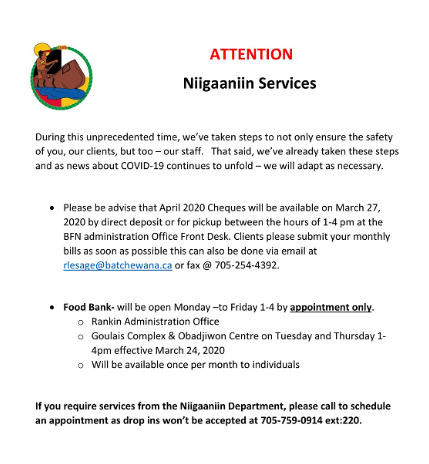Communities



- Historical records on the use of Whitefish Island (WFI) by the native Indian population date back almost to the first French exploration of the area, in 1621.
- The first detailed description of the fishery at the rapids adjacent to Whitefish Island is contained in Jesuit reports of 1669-1671. The reports note that the Indians carried on extensive fishing at the foot of the rapids, from spring until onset of winter, for whitefish.
- Reports describe the Indian method of fishing the rapids, using a scoop net from a single canoe, which was the most productive method of obtaining whitefish from these rapids.
- In 1837 and 1838, the Hudson’s Bay Company shipped 300 barrels and 276 barrels of whitefish, at 200 lbs. of fresh fish per barrel, or (60,000 lbs. and 55,200 lbs) from the Sault.
- These fish were purchased from the Indians and were in excess of the amounts caught by the Indians and dried for their own use.
- Commercial fishing records for 1872 and 1873 state that 1,875 barrels (375,000 lbs.) and 2,455 barrels (491,000 lbs.) of whitefish were caught in the St. Mary’s River alone.
- By the early 1800s, commercial harvesting, packing and export of fish had begun.
- Man made modifications began in the rapids area with the Northwest Fur Company’s navigation lock on the Canadian side in 1779.
- Raceway & Sawmill (U.S.): 1822
- First American Lock: 1855
- Weitzel lock (U.S.): 1881
- International Railway Bridge: 1887
- Canadian Gov’t Canal & Lock: 1888
- Construction of Poe Lock (U.S): 1896
- Eddison Sault Electric Power Canal and Plant (Can.): 1916
- Construction of Sabin Lock (U.S.): 1919
- Compensation Works Completed: 1921
- Weitzel lock replaced by MacAuthur Lock (U.S.): 1943
- International Highway Bridge Completed: 1965
- Great Lakes Power redevelopment (Can.) 1982
Source: https://batchewana.ca/communities/

|
The Community Wellness Outreach Worker is responsible for planning, coordinating, and, delivering community-based and community-driven programming and services in coordination with the National Native Alcohol and Drug Abuse Program (as part of the Community Wellness Program and team) in Rankin, Goulais and Obadjiwon communities.
The Home Care Coordinator is responsible to assist in assessing, coordinating, monitoring, and evaluating the delivery of multi- disciplinary services to clients that are aimed at allowing persons recovering from illness, injury, and treatment, the frail elderly and persons with disabilities to remain in their homes.
The Homemaker is responsible for the delivery of specific homemaker services that are aimed at allowing persons recovering from illness, injury and treatment, the frail elderly and persons with disabilities to remain in their own homes; with travel to all three communities.
The Traditional Health Coordinator assists in the development, coordination and delivery of a culturally appropriate traditional healing and Wellness programs to deliver services and programs that will strengthen traditional health and promote holistic balance to members living on and off reserve.
The Program Support Worker is responsible for relevant program development and facilitation.
The Membership Liaison is primarily responsible for fielding member complaints, concerns and issues; including administration, and directing them to the appropriate department and/or employee within Batchewana First Nation.
The Band Representative is responsible to act on behalf of the First Nation as a party in the court proceedings involving the First Nation’s children and youth under the CYSFA.
The Family Advocate is responsible to provide support/advocacy with child welfare involved families seeking support by providing help to clarify, understand and address issues, increase awareness, and access to internal and external resources, support community wellness initiatives and collaborate to identify gaps in services.
The Crisis Worker provides help, services and support to clients that are at-risk.